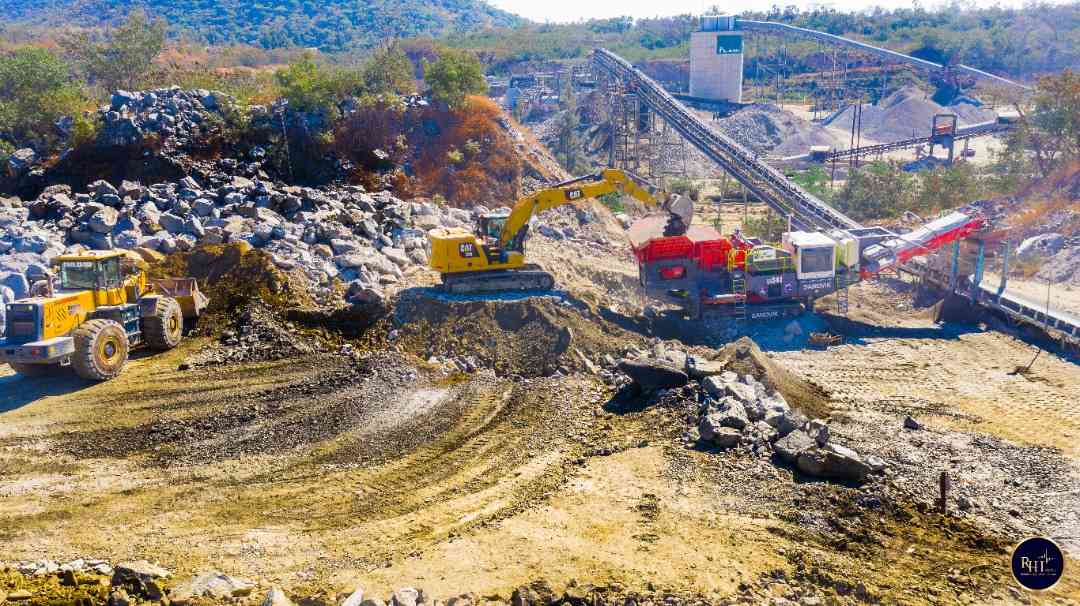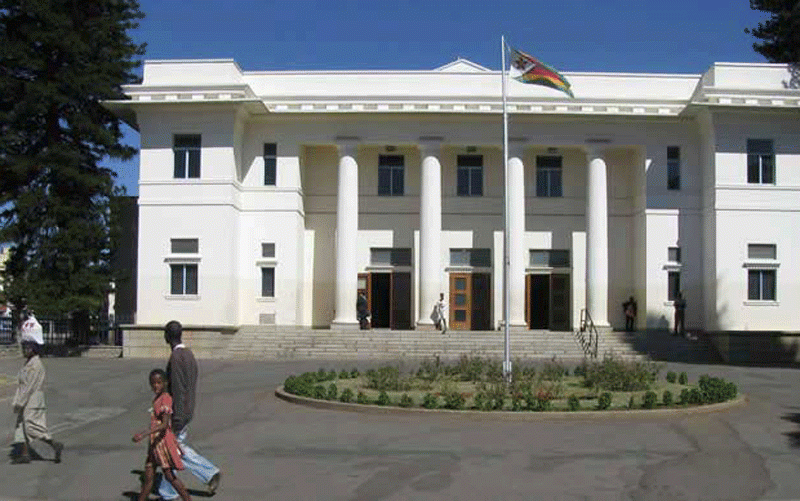
BUHERA-BASED lithium mining concern Sabi Star Mine is putting final touches to its US$25 million 15 megawatts (MW) thermal power plant as it targets to fully integrate the station in the second half of this year, NewsDay Business has established.
The mine is currently running on heavy duty generators. With the rising costs of diesel and maintenance costs, Sabi Star Mine is aiming to switch to low-cost thermal power.
In an interview this week, Sabi Star mine manager Oswald Makonese said construction was almost complete.
“We had massive progress last year. Civil works are at 80% completion. We have already taken delivery of all the machinery and equipment for the power plant,” he said.
“What is left is just to assemble the power equipment. We are pleased with the progress so far. The mine system has a requirement of 12MW and there are plans to feed the additional 3MW into the national grid for the benefit of the near-by community.
“The over-arching benefit of the project is that it has already created employment for hundreds of people in Buhera. The development of this infrastructure will provide a boost to the local economy through the income multiplier effect,” he added.
Responding to the issue of potential hazards of thermal affluent to villagers in the near communities, Makonese said a plan was in place to minimise the pollution.
“The plant has a flue gas conditioning equipment, including a 60-metre tall chimney. This includes a flue gas desulphurisation (FGD) system and electrostatic precipitators.
- Lithium plant lights up Buhera North
- Buhera benefit from Lithium mining project
- Chinese miner compensates Buhera North villagers
- 40 benefit from Chinese skills transfer programme
Keep Reading
“The FGD process is designed to remove a significant percentage of the Sulphur dioxide contained within the flue gases in order to comply with current SI 72 of 2009 and SAZ ZSW 977. We anticipate that FGD will remove up to 99% of the particulate matter,” Makonese added.
For the past 20 years, Zimbabwe has struggled to generate enough electricity to meet demand and has had to turn to countries like Democratic Republic of Congo, Namibia, Mozambique, South Africa and Zambia to augment power supplies.
The country has one hydro power plant and four coal-fired generators with a total combined capacity of 2 240MW, just enough to meet the country’s demand. However, the only thermal power station, Hwange is operating.










